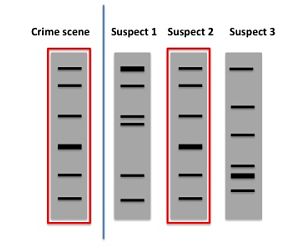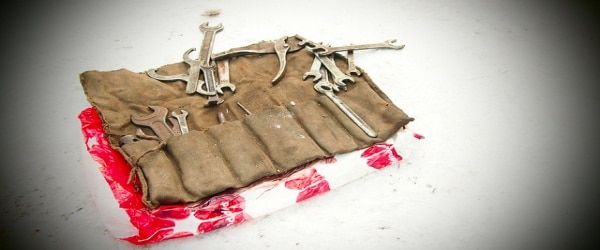Isolating pure DNA is key to many downstream applications for molecular biologists. Isolating large quantities of pure DNA used to be a laborious task. But thanks to commercially available kits, older methods have been streamlined to allow efficient recovery of pure DNA.
In this article, I will talk about a method called DNA gel extraction, which uses gel electrophoresis to separate DNA fragments on an agarose gel.
The DNA fragment of interest is then excised and extracted from the agarose gel.
DNA gel extraction kits are sold by a number of companies. The kits use silica-type membrane spin columns and a number of buffers and wash solutions to bind, wash and then elute the DNA.
Since the kits all follow the same general principles, the easiest way to describe how DNA gel extraction works is to go through the basic steps and explain what each step does:
1. Run DNA on an agarose gel and excise the DNA band
Run the DNA on a standard agaraose gel and visualize the DNA, usually under a UV lamp. Using a sharp scalpel, excise the band by cutting the gel surrounding the band. Try to minimize the size of the gel slice to just contain the DNA band.
2. Dissolve the extracted DNA-containing gel in excess buffer
Using a specific buffer, which often contains a pH indicator, solubilize the gel-encased DNA. Usually the buffer and gel slice are heated until all of the gel is dissolved. The pH indicator is used to ensure that the buffer maintains the optimal pH for DNA binding. Acidic pH usually enhances DNA adsorption to the membrane.
3. Bind DNA to the silica membrane
Virtually all DNA gel extraction kits rely on silica membrane spin columns. Silica membranes bind DNA molecules in the presence of high ionic-salt buffers that drive hydrogen bond formation between silica and DNA. DNA binds the silica membrane as the sample is passed through the column by centrifugation.
4. Wash the bound DNA
While the DNA remains bound to the silica membrane, contaminants such as nucleotides, proteins and other impurities are removed by alcohol-based washes. During several washes, salts are also removed, which sets the stage for elution of DNA.
5. Elution of purified DNA by low-salt solutions
DNA is released from the silica membrane by eluting with a low-ionic solution, such as TE or water. Low salt solutions disrupt the hydrogen bonds that hold DNA on the membrane. Elution is most efficient under basic conditions, between the pH of 8 and 9, so if your water is acidic, you might want to make sure you use TE. Moreover, it is recommended to heat up the elution buffer and let it sit on the membrane for up to five minutes to release more DNA molecules.
Read our related article to find out more information on how DNA extraction kits work.







